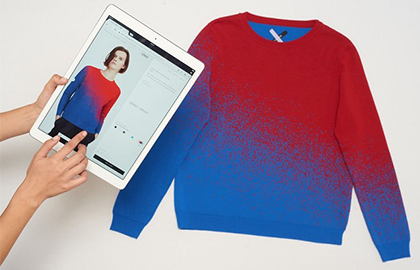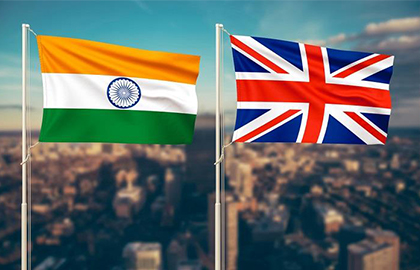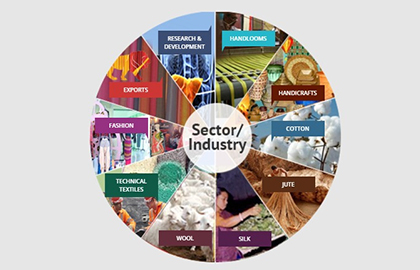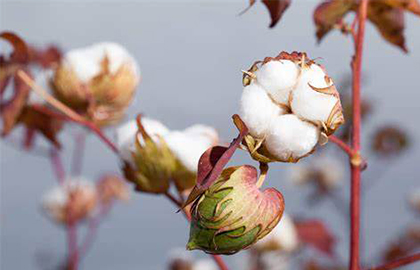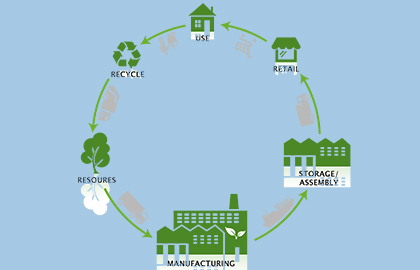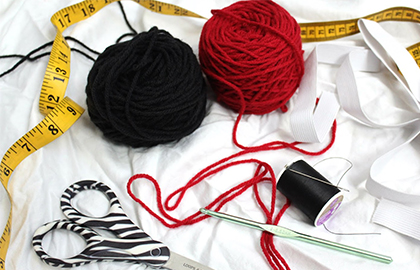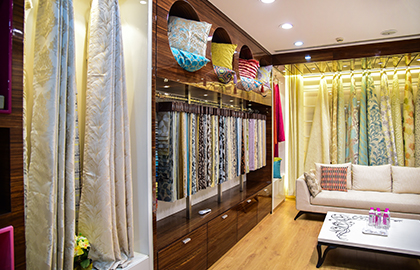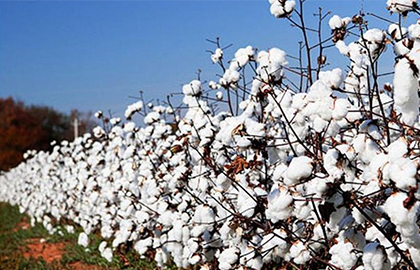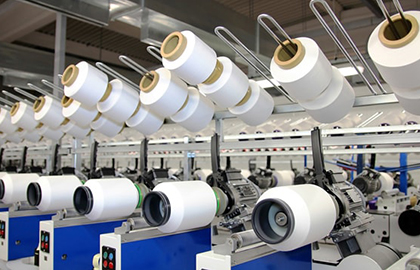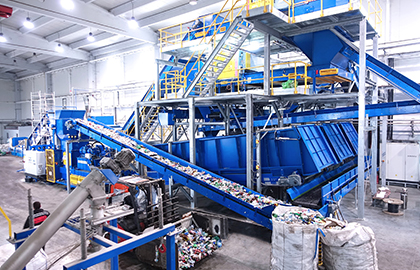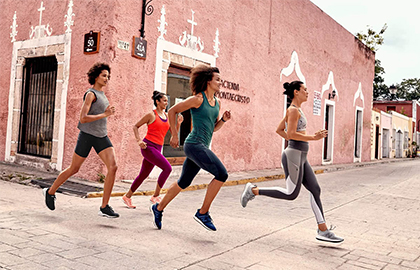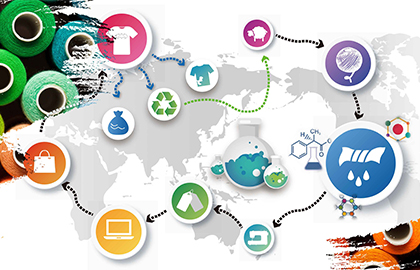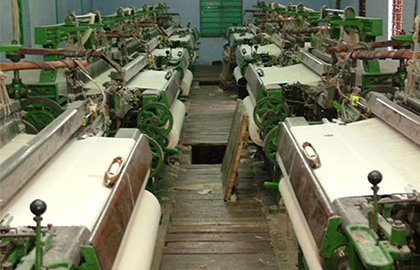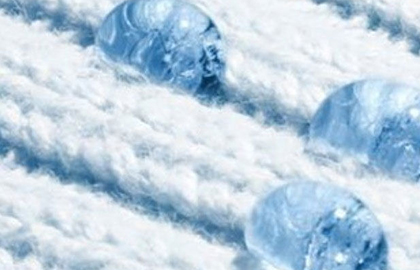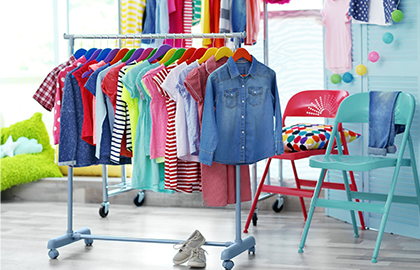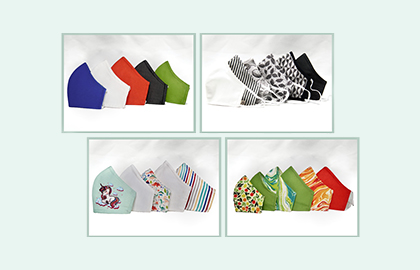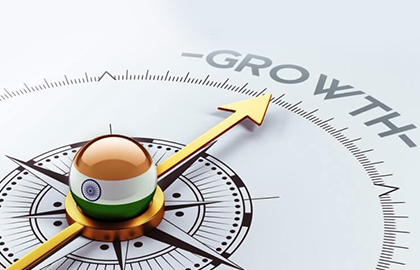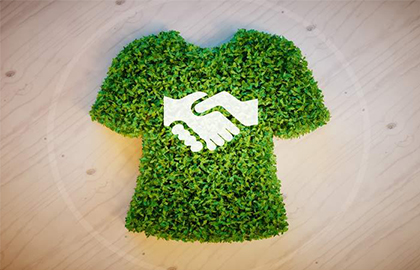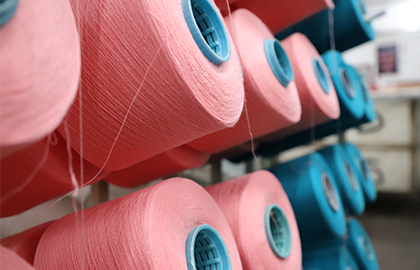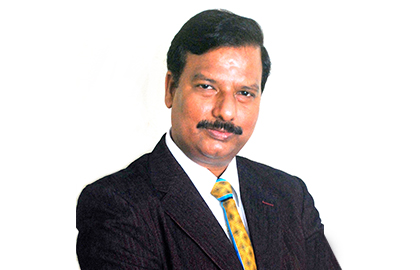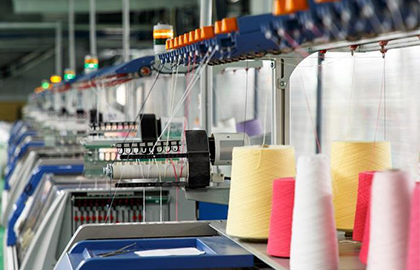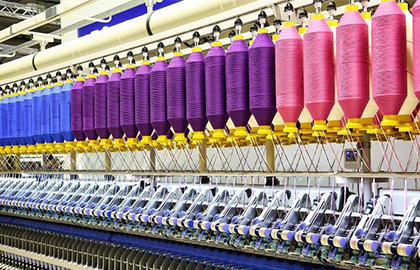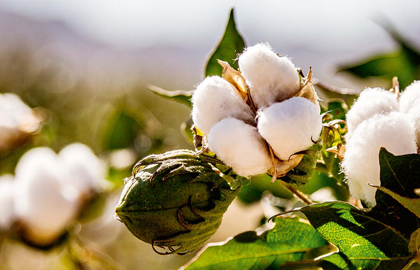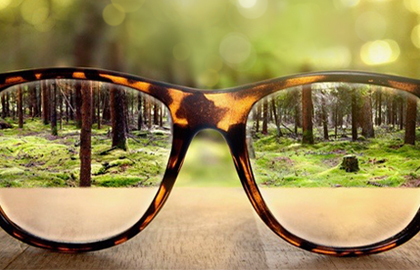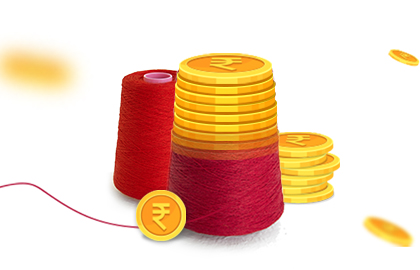
Sportswear – The ‘High-Performance Capabilities’ textile domain
The Indian Sportswear scenario
In a recent study conducted by Euromonitor International (EI), it is estimated that Sportswear and active sports apparels industry has crossed the $500 bn mark in 2018, and growing rapidly. The domain itself is lucrative, yet challenging, and constantly on the verge of innovation, both in functionality, as well as style. The segment is divided into four different groups, based on different aspects of the material, performance, functionality and so on.
| Performance Sportswear | Basic Sportswear | Sports Leisurewear | Sports-Fashion Clothing / Outdoor Clothing |
|---|---|---|---|
| Technical-oriented apparels aimed to enhance performance | Stylish and comfortable while retaining as much material attributes as possible | Similar to performance sportswear but majorly used as comfort clothing | Created for daily rugged wear, for outdoor activities but not sports directly |
| Produced in lowest volumes, high pricing | Produced in highest volumes, low pricing | Produced in high volumes, low pricing | Produced in low volumes, high pricing |
| E.g. Skinsuits, Football jersey, Surfsuits, etc. | E.g. Golf T-shirts, Tracksuits, etc | E.g. Yoga pants, Swimsuits | E.g. Sweatshirts, Trekking apparels, etc. |
On a broader outlook, the sportswear industry is estimated to be around 20% of the entire apparel industry, with major players being US (35%), China (10%), Japan (7%), Brazil (5%), Germany (4%), UK (4%), Italy (3%), Russia (3%) and Spain (2%).
The Indian Sportswear scenario
The Indian scenario in sportswear seems to be anomalous as the industry, instead of becoming a separate entity, is rather emerging as an amalgamation of mainstream apparels. With the new-gen customers becoming fitness-conscious, functional clothing which was earlier limited to sports consumers is now grown as a generic demand. Breathable fabrics, soil-proof, water-repellent clothing and body temperature control and quick-dry clothing are being introduced in the Indian apparel markets for daily wear, with additional factors being comfort and style. The market growth recorded in last 5 years by major sports brands in India has been 18 to 22%, as compared to sub-5% in US and EU; it is further expected to grow at 15% CAGR through 2025, with 66% of it contributed to men’s wear, 31% to women sportswear and 3% from kidswear.
The growth of the industry comes from the fact that international brands like Adidas, Under Armour, Decathlon, Puma and Reebok having received a huge loyal customer base, while many good Indian local brands are coming up with amazing products.
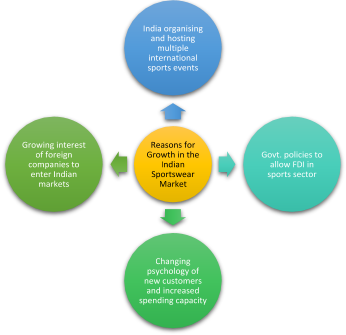
Materials Used
The fabrics and textiles used in different sports today have become highly customised to suit particular sports requirements. From feather-weight skin suits to embedding nanotechnology to monitor performance, functional sportswear is constantly being innovated to help athletes, both professionals and novice, to perform to the best of their abilities.
The major 4 pointers on which ‘clothing comfort’ can be defined are as below:
- Thermo-regulatory Control
- Touch and Feel Comfort
- Mobility / Dexterity
- Aesthetic Comfort
Various materials are designed keeping these aspects in mind. Many high-functioning polymers, yarns and smart double-woven fabrics are being developed to provide optimum comfort. In addition, another factor which is being explored for sustainability is of creating sports jerseys from recycled materials like PET bottles or other organic fibres.
Popular Fibres used in Active Sports:
- LYCRA® (Owner – INVISTA)
One of the most commonly known fabrics, majorly used in swimwear, Lycra is a high-performing man-made elastic fibre, invented by DuPont in 1958, having a robust combination of thickness, stretch and fibre chemistry.
- GORE-TEX
One of the oldest and probably the best-known waterproof breathable fabric, Gore-Tex is a thin microporous membrane of Polytetrafluoroethylene (PTFE) placed between two fabrics. A similar waterproof fabric is the SympaTex, with the difference being that the latter one is extremely thin-layered (70-100 microns) without any micropores.
- Dryarn (Owner – Aquafil)
This lightweight polypropylene microfibre is a high-performing fabric, with high thermoregulatory capacity and anti-odour features along with quick-drying capacity.
- Triactor (Owner – Toyobo Co Ltd.)
This hydrophobic fibre created by changing polyester filaments to Y-shaped cross-sections, showcases high perspiration absorbency through capillary actions, thus providing water-repellency as well as quick-drying and refreshing properties together.
- Coolmax®
Developed specifically for the sportswear market, Coolmax® is a high-performing four-channelled and six-channelled polyester fibre that keeps its wearer dry and cool, through improved wicking capability and moisture-vapour permeability.
Apart from these, there are many other fabrics which are being constantly developed the world over, along with new technologies. Single-knit Jerseys, biomimetics, phase-change materials (PCMs) are a few of the new technologies and fabric treatments being used in recent times.
Functional sportswear and active performance clothing are one of the most challenging fields for the textile industry, with each forward step being responsible for the performance of athletes in their games. However, the domain is equally rewarding for those who can get it right, with sports not only being a perennial activity but becoming an integral and necessary part of today’s hectic lifestyle. During the current COVID situation, experts predict that the sportswear industry will be one of the earliest to rise and recover. It’s only a matter of time before we find out how fast.
